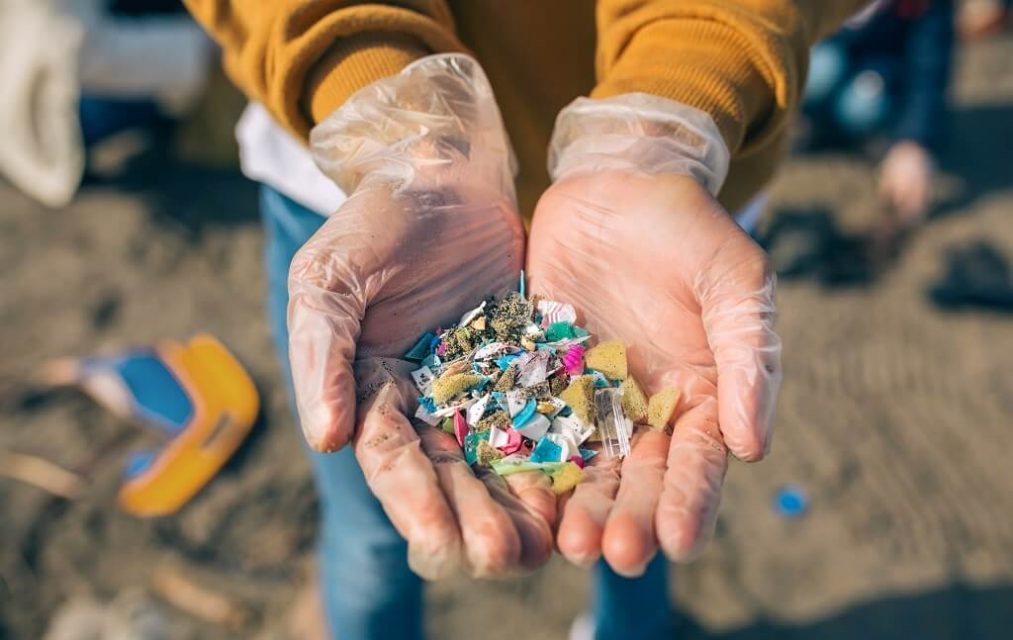The presence of microplastics grows in the depths of the sea
Water pollution from microplastics of textile origin is a problem that will worsen if there is no action to reduce its production. There is a study about the surveys carried out during the summer of 2020 in the Italian seas by Greenpeace. The research shows how the concentration of these pollutants increases in the depths of the sea.
Despite the lockdown and reduced production activity, the results show that in the Tyrrhenian Sea, the presence of microplastics and microfibers has increased, with concentrations higher than 1.5 million particles per square kilometer, comparable to those present in the great ocean vortexes.

What are microplastics, and what is their origin?
Microplastics are less than 5 mm plastic particles. There are two kinds of these materials. Primary microplastics are produced for direct use. On the contrary, secondary microplastics are born from the degradation of plastics.
The factors that determine these phenomena are oxidation, humidity, extreme temperatures, etc. To give a few examples of secondary microplastics, we can mention those that arise from plastic waste, such as shopping bags.
In addition to being present in seas and oceans, microplastic pollute the air we breathe causing damage to nature.

The link between textile products and microplastics
Textiles are one of the largest sources of microplastic production (34.8% of global microplastic pollution).
The most worrying thing is that 68% of the world’s fibers production is determined by synthetic fibers. Polyester is the most produced fiber and represents 51.5% of production.
But how are they produced? During the washing process of synthetic garments, which contain plastics such as polyester and acrylic, the fabrics are subjected to mechanical stresses and abrasions that cause the fragment of yarns. Microplastics then end up in wastewater and finally in rivers and seas.

How to reduce pollution by microplastics?
To reduce water pollution by microplastics of textile origin, it is necessary to act on certain aspects. One example is the improvement of wastewater treatment plants (where all our wastewater is filtered and treated), which are currently 65-90% efficient in filtering and retaining microfibers. Companies operating within the Textile district of Prato, for example, use one of the largest and most efficient purification plants.
The textile sector, however, can also play its part. Eliminating the use of synthetic materials from production is not possible. What can be done is to reduce their use, giving priority to natural materials, together with reducing the waste of excessive textile production. For their part, consumers can contribute by paying attention to the purchases they make, choosing garments and fabrics produced by companies that pay attention to the environment.


